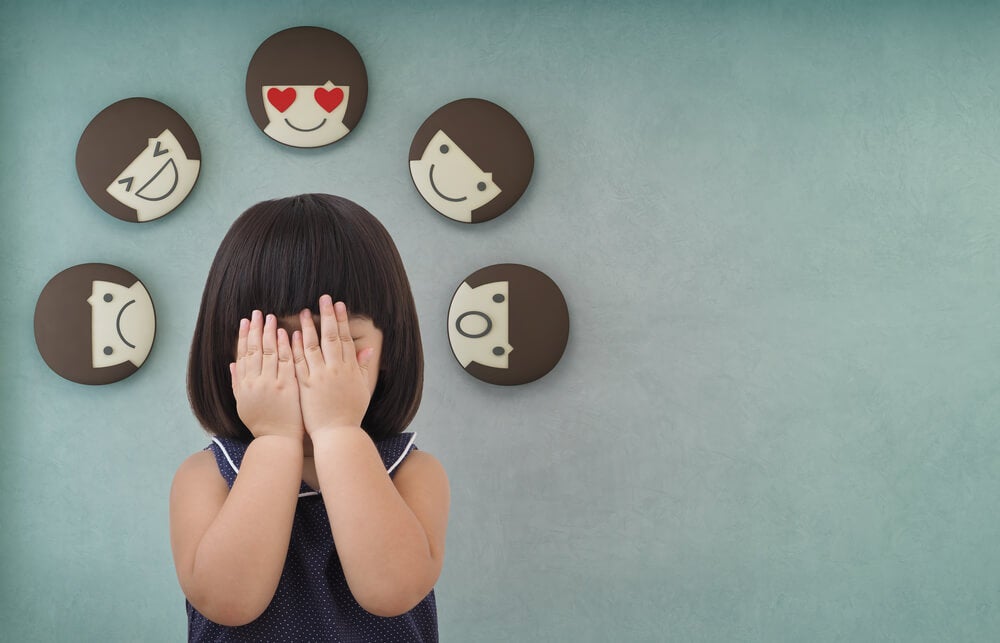In our day-to-day we make hundreds of decisions, many of them automatically, but others based on reflection, although emotions influence each of these decisions, sometimes intense emotions can lead us to behaviors contrary to our values and interests. For this to happen, you need to become an emotional specialist, and we can also help young people do so by educating them in emotions at this stage of life.
Emotions motivate us to act. They propel us towards a certain action, it is in childhood that one begins to notice its effects, although few children and adults stop to think about it, so this stage of life is conducive to laying the foundations and acquiring tools to improve emotional management. .
- In this way.
- It will not be emotions that will govern the child.
- But it will be himself.
- Doing an exercise of self-control.
- Who will use the energy born of his emotions to apply it in these behaviors according to his values under construction.
The first step is to know the basic emotions, this involves knowing the emotions and their functions, the basic emotions you need to know to become an emotional expert are: fear, anger, sadness, joy, curiosity, disgust, love and, for an older child, shame.
Some of these emotions, such as anger, will create the temptation to strike, insult, or attack, while other emotions, such as joy, will increase the likelihood of being more open, willing, and generous.
The second step on this scale to become an emotional expert is to recognize emotions, being able to recognize basic emotions in ourselves and others, without the previous step this would be impossible.
We cannot recognize what we do not know, if we know the gestures, looks and behaviors that generate basic emotions we can recognize them quickly, so it is essential that children learn to identify the emotions they feel by name, for example. , we can help you be aware of your condition with phrases like “Can’t you sit still because you’re so happy?”or “do you want to hit your brother because you’re angry?”
The next step is to legitimize the emotions that children experience, that is, to allow and respond to the emotions of the little ones, that is, we can tell them, “Is it normal for you to feel that way?”I understand it can hurt ?,? Everyone, when we don’t get what we want, we get frustrated ?; Instead of?She’s not crying, wasn’t she that bad, was she? I don’t understand how it can scare you.
To educate them about emotions you have to exercise putting yourself in their place with their situation, being empathetic is accepting one’s emotions, offering alternatives to channel them away from the tempting and impulsive behavior that emotion proposes.
At this point, we’re ready to learn how to regulate emotions. We can’t stop emotions, but we can handle the behavior and internal dialogue they initiate. To handle behavior, you need to distinguish between emotion and behavior.
Emotion is what we feel and behavior is what we do. Feeling angry doesn’t justify hurting others. We must teach children that between emotion and action, our consciousness has a margin of choice. That’ll be the margin they’re going to have to work on.
Like anger or irritation, we can teach them relaxation exercises or polite ways to correct the other, so that you don’t repeat behavior that has hurt another child.
Reflection is a mental act that makes us human and, to be an emotional expert, we must practice it, the next step is to think about the emotions we feel, as well as the sensations, thoughts and actions that are derived. Thinking about what’s happening to them will help them better understand their emotions and how to regulate them.
As we become emotional experts, we will realize that sometimes emotions are not adaptive. For example, if we get a scholarship, but our friend can’t, expressing our joy won’t be adaptive.
What you have to do is use empathy to detect other people’s emotions and, although your emotion is different, adapt your behavior to the situation, so we need to teach you more effective ways to manage your emotions, especially the most unpleasant ones.
The final step is to establish a story of what happened. This step is to make sense or an explanation for what happened. It’s like telling a story. If a girl has a nightmare and wakes up crying and screaming, we have to tell her that she had a horrible nightmare and that she was scared, then he started crying. At this point, it is essential that you understand that this nightmare does not need to be replicated in reality.
Going through these seven steps until your child becomes an emotional expert is not easy, you have to dedicate time to him, have a lot of empathy and, above all, patience, however, we must think that when we teach children to manage their emotions, we contribute to a better future for them, we give you resources so that tomorrow you avoid confrontations and have better emotional health , in short, we educate them to be experts in emotions.

